PPT-What you Need to Know About the Intermarriage Challenge
Author : pasty-toler | Published Date : 2016-05-15
Two Basic Statistics 62 in last 20 years 80 or more intermarry How many have remained connected I cant answer this question However The following story might
Presentation Embed Code
Download Presentation
Download Presentation The PPT/PDF document "What you Need to Know About the Intermar..." is the property of its rightful owner. Permission is granted to download and print the materials on this website for personal, non-commercial use only, and to display it on your personal computer provided you do not modify the materials and that you retain all copyright notices contained in the materials. By downloading content from our website, you accept the terms of this agreement.
What you Need to Know About the Intermarriage Challenge: Transcript
Download Rules Of Document
"What you Need to Know About the Intermarriage Challenge"The content belongs to its owner. You may download and print it for personal use, without modification, and keep all copyright notices. By downloading, you agree to these terms.
Related Documents

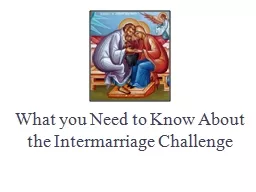

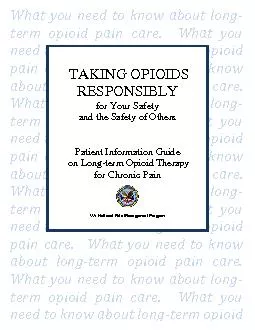
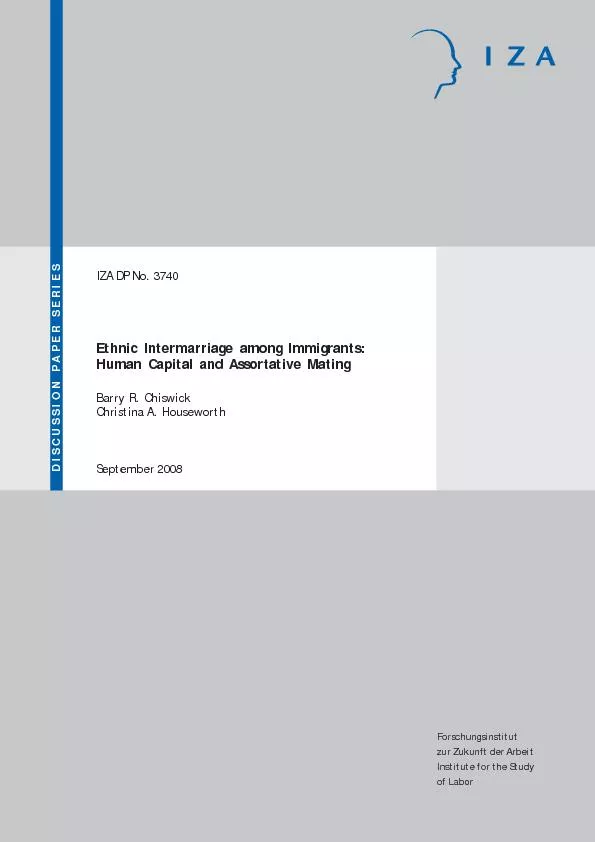
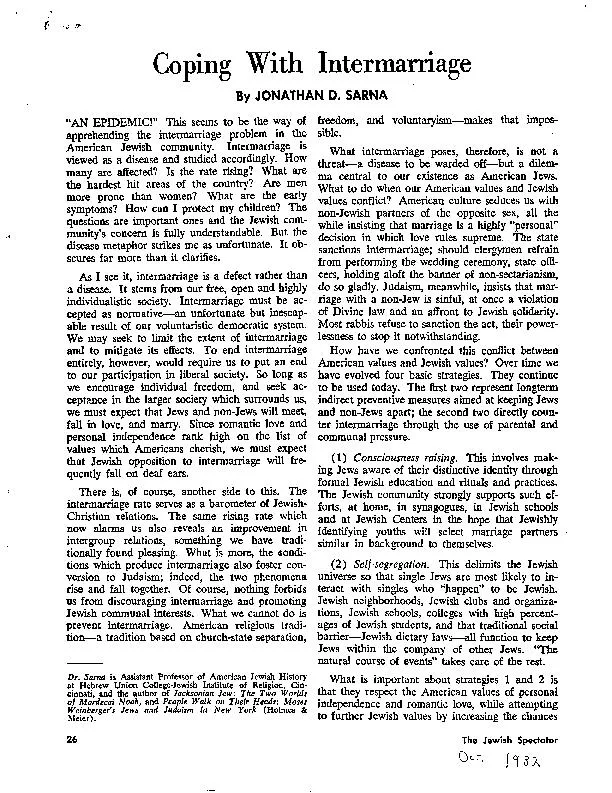
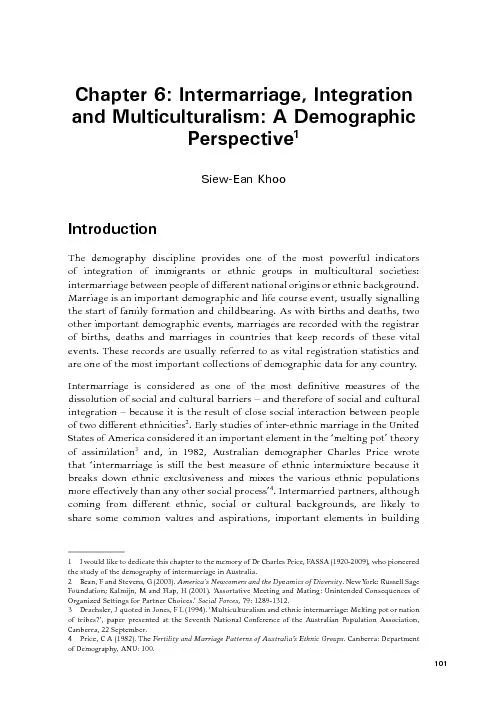
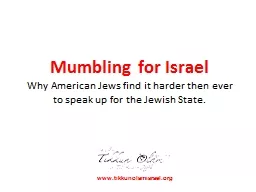
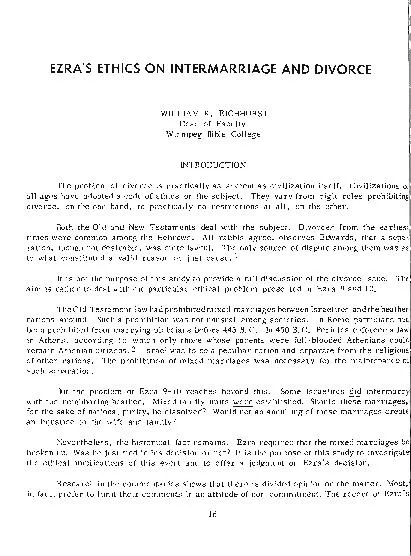

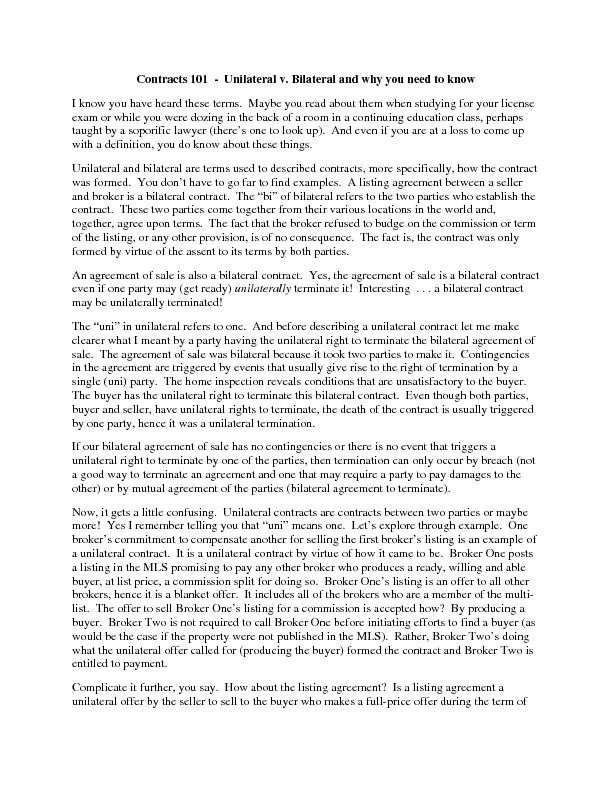


![[DOWNLOAD] - Planet Law School II: What You Need to Know (Before You Go), But Didn\'t](https://thumbs.docslides.com/902888/download-planet-law-school-ii-what-you-need-to-know-before-you-go-but-didn-t-know-to-ask-and-no-one-else-will-tell-you-seco.jpg)
